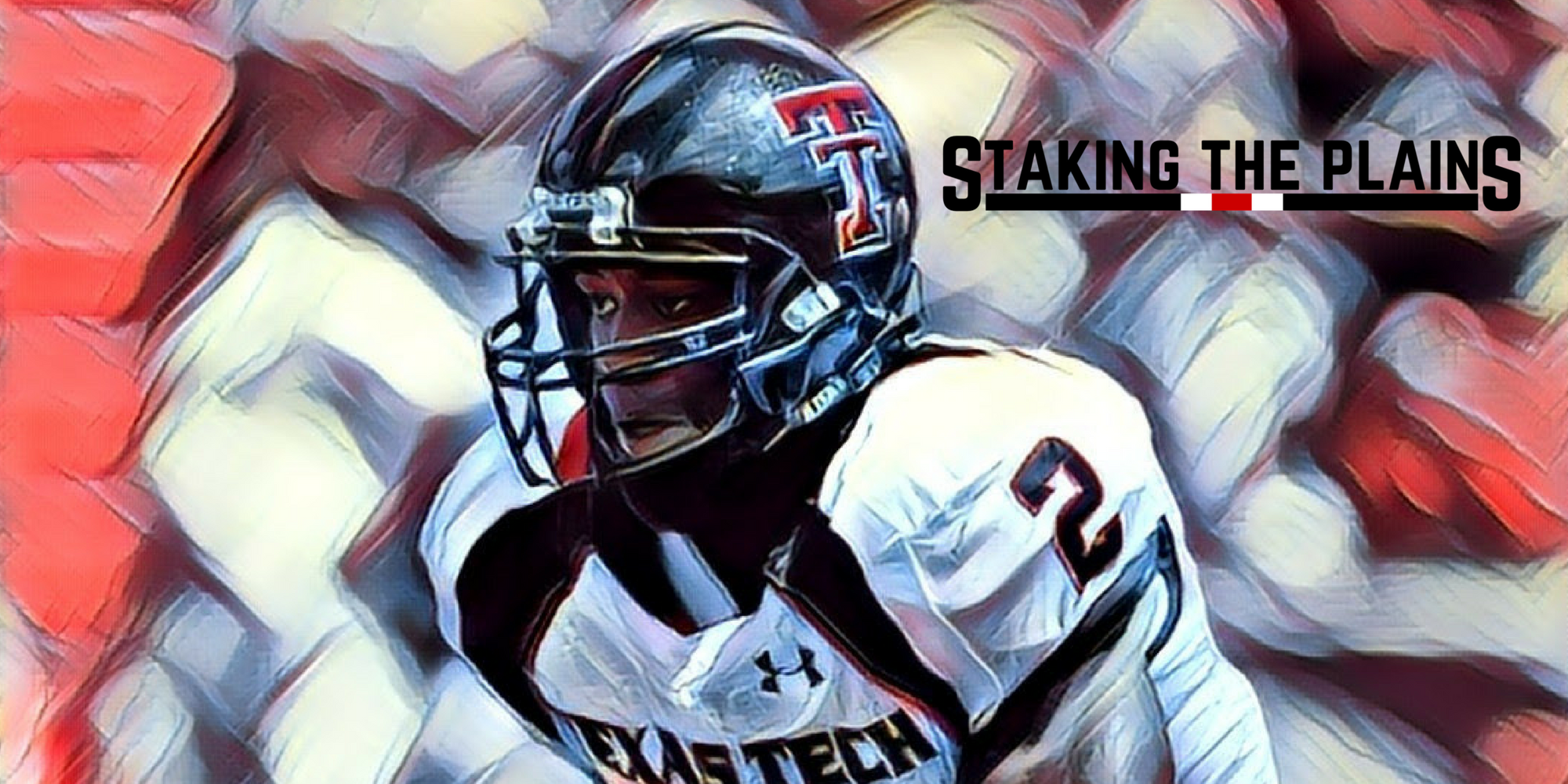We’ve previously discussed Texas Tech’s projected win totals, and the results vary among the books. I don’t think there is any question that this team has questions marks, most notably with the defense.
But what is the difference between 8 wins and 4 wins? What needs to fall Texas Tech’s way in order to get to 8 wins and what will terrorize this team if they can only muster 4 wins? I think there are a handful of things that will end up being indicative of what will be the eventual difference between 8-4 and 4-8.
Third Down Completion: It was the best of times and the worst of times for Third down completion percentage. Offensive, Texas Tech completed an astounding 52% of third downs (3rd in the nation), thanks mostly to the arm of Patrick Mahomes. In 2015, Texas Tech was also at 52% and in 2014 . . . Texas Tech was 36th in the nation, only completing 44% of third downs. You remember what happened in 2014, a 4-8 record and that’s obviously the direction you want to go.
That’s going to be the most difficult thing for Nic Shimonek to keep on track for this team, keeping the completion percentage about 50% and I think this team will be fine.
Defensively, I think you know the story. In 2016, Texas Tech was 100th in the nation, allowing 43% of third downs to be completed, in 2016 the team was 125th in the nation allowing 50% and in 2014 it was 47%. That’s just not acceptable and Texas Tech needs to be in the top 100 at the least and to help out hte offense, needs to be in the top half of the NCAA rankings.
Pressure on the Quarterback: It seems like it has been ages since Texas Tech has had a consistent pass rush. One where teams have to actually game-plan for. Last year, Texas Tech only had 14 sacks for hte year, which was tied for 118th in the nation. In 2015, the pass rush only had 19 sacks, good for 102nd in the nation and in 2014, Texas Tech was 80th overall, good for 24 sacks. Obviously, getting sacks, or more than what Texas Tech earned in 2016 isn’t going to do it if the other parts of the defense aren’t clicking, but if Texas Tech could get Howard and Gilmore and Kolin Hill to be threats rather than having to do some risky blitzes that open up holes in other places, a standard 4 man rush that creates pressure could be huge for this team.
Better Special Teams Play: In 2016, Texas Tech was 109th in net punting and 122nd in kickoff returns. That was the bad. Very bad. Texas Tech was 75th in opponent punt returns and 100th in kickoff coverage. These four areas that have to be better. The Texas Tech offense was absolutely terrific last year and didn’t really need any help from these special team yards, but this year, things will be different. Texas Tech specifically recruited a punter, something that almost never happens, but I do think that Dominic Panazzolo will make a difference, both in terms of coverage and punting overall. The rugby style of kick allows the coverage team to get down the field as Panazzolo runs outside to give himself more time. And technically, Texas Tech was fine in terms of touchbacks on kickoffs, 28th in the nation and 53% of all kickoffs were touchbacks, but the actual coverage is what needs work as Texas Tech allowed about 23 yards a return when the ball was returned. That probably means that there needs to be some improvement in the hang time for this to get better and that’s part of what Clayton Hatfield needs to improve.
Offensive Line Protection: There’s really no need to verify this with some sort of stats because this group will just need to be better. This group should be better with age, guys like Madison Akamnonu and Terrence Steele were thrown into the fire as redshirt freshmen. This is why counting on redshirt freshmen is always tough and I remember when Le’Raven Clark was a redshirt freshman paying guard and struggling a bit, but he played guard where he could be hid a bit. It takes time to adjust to the speed and physicality of the game. I think the weakest part of the group is, unfortunately, at left tackle, Travis Bruffy, but that’s because of youth. He played enough to know what to expect. And I would normally think that a true freshman like Jack Anderson would be the one that struggles, but like Clark did, I think he’s too athletic and too strong to be on the bench. At the very least, he needs to play significant time.
Running Backs Creating Space: This doesn’t just rely on the offensive line to create space, but the running backs need to do their jobs as well and they have to do a better job of finding holes and creating holes. The coaches recruited what they hope are immediate performers to this spot because it was lacking last year. The hopeful arrivals of Desmond Nisby and Tre King should at the very least push Da’Leon Ward, who was out part of the spring figuring out his grades situation, and one of my favorites, DeMarcus Felton, who I think could be a significant player this year. But they need to find holes and create space and take advantage of even the smallest of opportunities. I worry a bit about Justin Stockton’s concussion issues, especially at running back.
Turnovers: This is probably foolish, but I think for this team, defensive takeaways are more important than turning the ball over on offense. Truthfully though, this team was 35th last year, 89th in 2015, 117th in 2014 and 121st in 2013 in turning the ball over. That’s kinda not trending in the right direction. Defensively, the team was 112th in takeaways in 2016, 24th in 2015, 110th in 2014 and 81st in 2013. Offensively, I think Shimonek will lean towards being more careful than not, but he’ll have to perform because I don’t think Kingsbury will have as much patience as he has previously. Defensively, things need to turn towards the way they were in 2015. Yes, some of creating turnovers is luck, but this team needs to be better at making plays.









